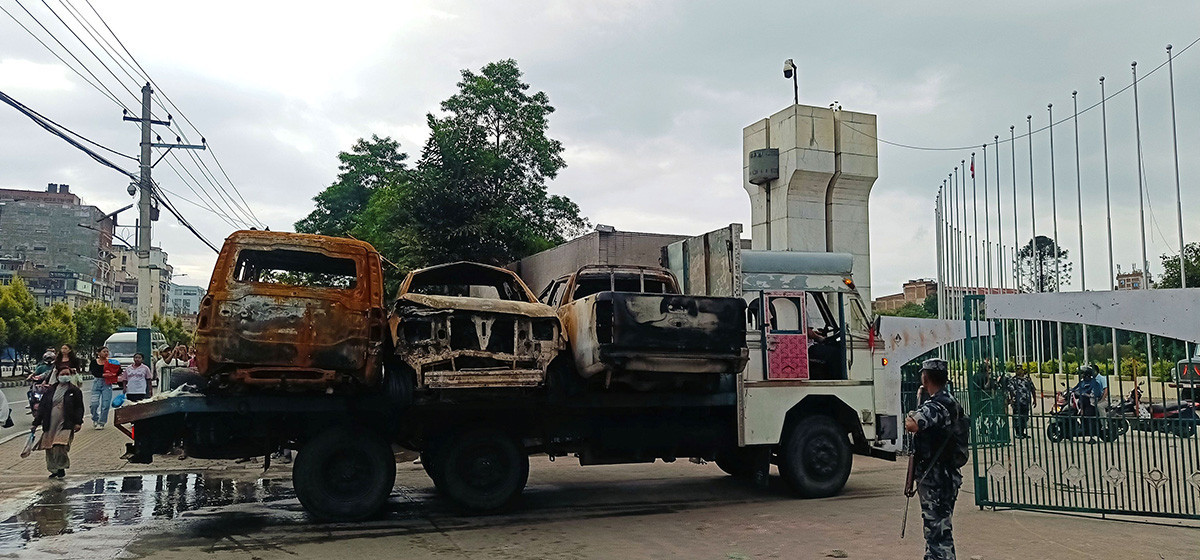KATHMANDU, Jan 15: Amid uproar in Nepal over the ongoing road construction by India in Lipulekh area, India has said that established inter-governmental mechanisms are appropriate for communication and dialogue to resolve the boundary issue.
The Embassy of India in Kathmandu in a press statement on Saturday said that any outstanding border issues between Nepal and India can always be addressed in the spirit of close and friendly bilateral relations.
"It is our view that the established inter-governmental mechanisms and channels are most appropriate for communication and dialogue. Mutually agreed boundary issues that are outstanding can always be addressed in the spirit of our close and friendly bilateral relations," said the embassy's press statement.
Nepal and India have an understanding to resolve border dispute...

The Embassy also said that India's position on the India-Nepal boundary is well-known, consistent and unambiguous and that it has been communicated to Nepal. Although India has been maintaining that Kalapani, Lipulekh and Limpiyadhura are Indian territories, Nepal has rejected India's claim saying that the Sugauli Treaty that defines Nepal's western boundary with India includes these territories in Nepal.
Nepal's parliament last year introduced a new political map including Kalapani, Lipulekh and Limpiyadhura that are currently under control of India after New Delhi continued with the construction of roads without giving heed to protests lodged by Nepal. The Sugauli Treaty clearly states that the territories that lie west of the Mahakali River belong to Nepal.
Nepali side has grown further apprehensive of the intention of India as 9th edition of India’s official map deletes the name Kali River and calls it Kuthi Yanghti instead in an apparent bid to justify New Delhi’s claim that these territories fall on the Indian side of the border. There have been calls from various quarters in Nepal that India should stop trying to establish facts on the ground, freeze its road-building up to Lipu Lek, and sit down for talks.
The border issue has drawn protest in Nepal after Indian Prime Minister Modi in his address to an election rally organized by his party, Bharatiya Janata Party, in Haldwani area in Uttarakhand on December 30 announced that his government was further widening the road built in the Nepali territory of Lipulekh.
All major political parties have issued statements protesting against India's continued move to construct a road in Lipulekh as a serious violation of Nepal's sovereignty.
India's response on the border issue comes a day after the ruling Nepali Congress(NC) said that India's move to continue road construction in Lipulekh area despite Nepal's protest is 'objectionable'. Reiterating that Kalapani, Lipulekh and Limpiyadhura are Nepali territory, the party also demanded India to immediately withdraw its troops stationed in Kalapani region and amicably resolve the border row through high-level diplomatic negotiation based on historical facts and evidence.
The main opposition party, CPN-UML, Bibeksheel Sajha Nepali, Rastriya Prajatantra Party and the ruling coalition partner, CPN (Unified Socialist) have already condemned India's move to continue with the road construction despite Nepal's protests.










_20201127101106.jpg)

























